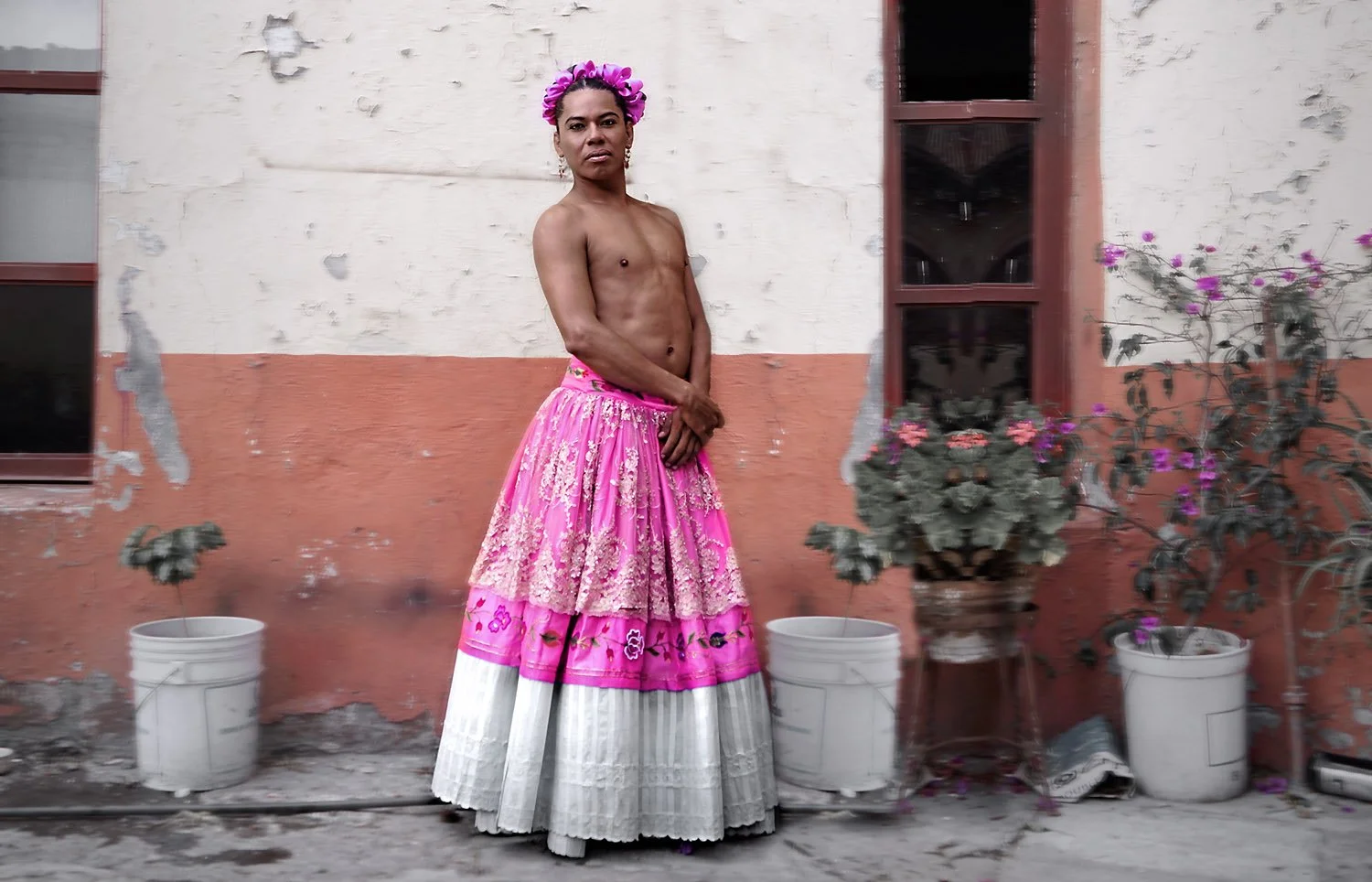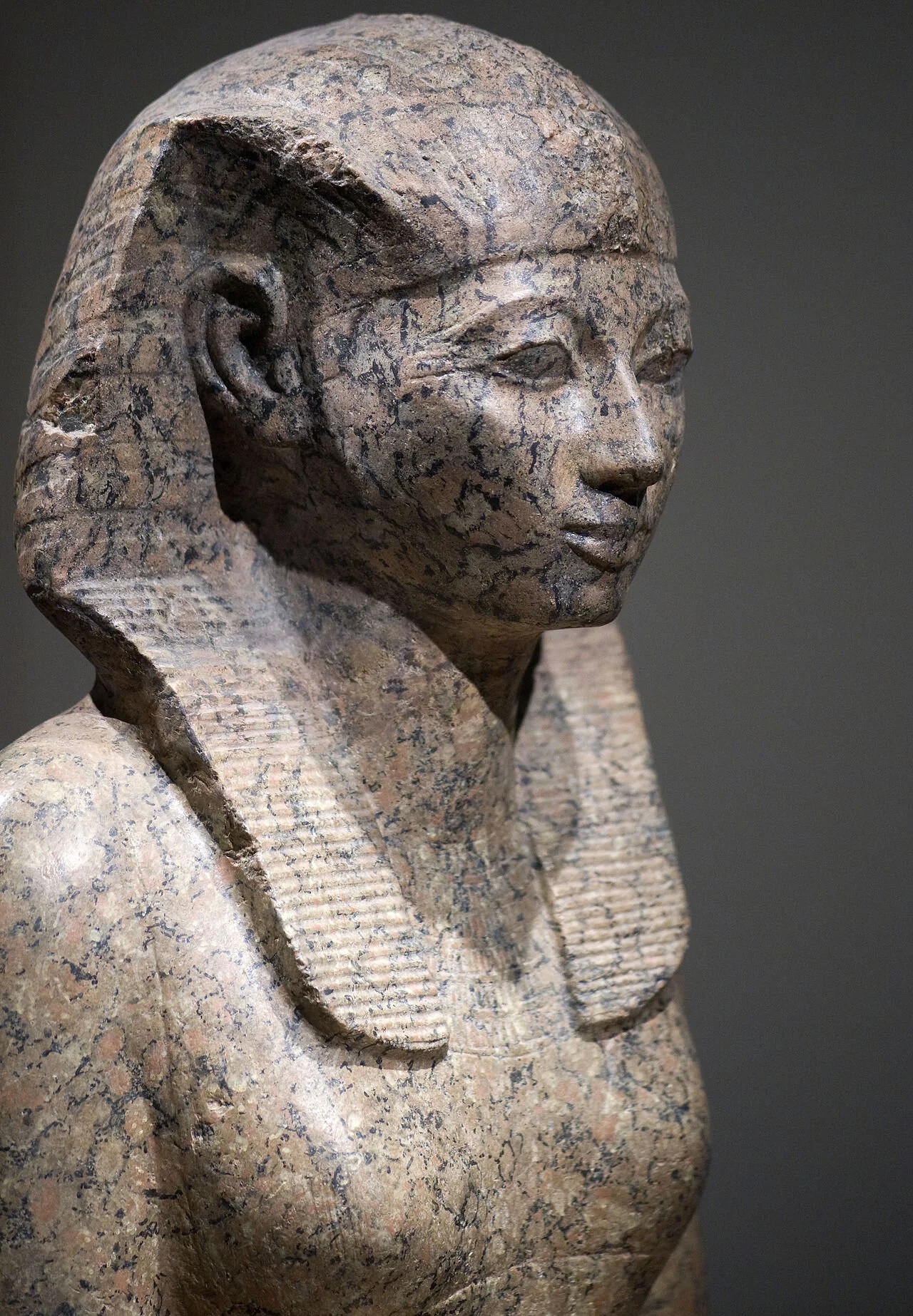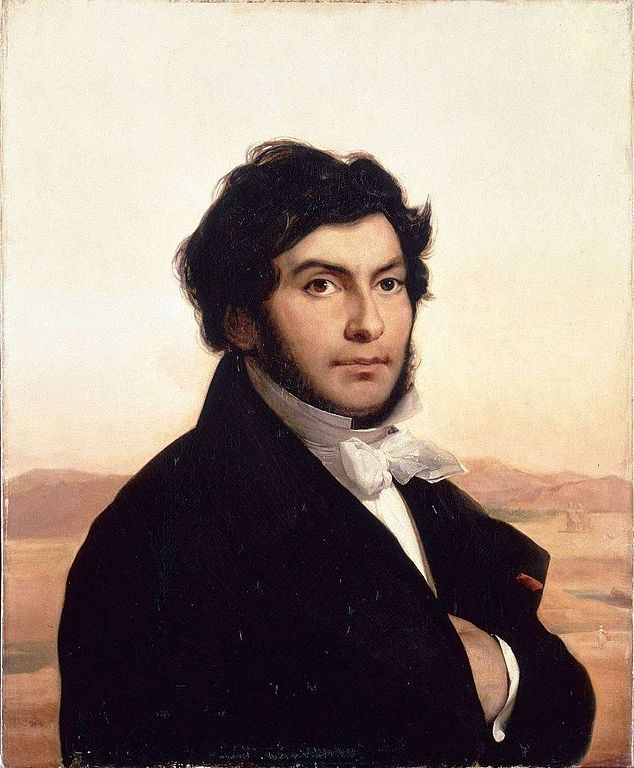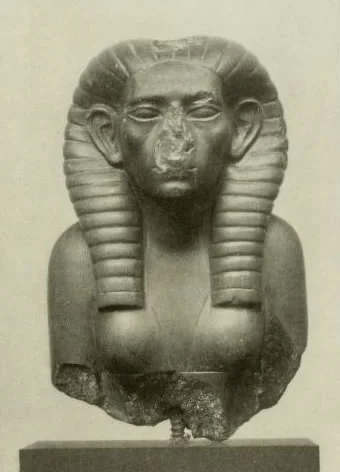What are muxes? An ancient Zapotec tradition blurs gender lines — but not without facing discrimination and violence.
Part of the Zapotec culture, muxes are assigned male at birth but take on roles traditionally associated with women.
Fierce and fabulous individuals are shaking up gender norms and celebrating their identities in the face of discrimination and marginalization. Meet the muxes (moo-shays) of Mexico.
But first things first: What exactly are muxes? In the Zapotec culture of southern Mexico, muxes are a third gender that includes individuals who identify as a mix of male and female — or something completely different. The term “muxe” comes from the Spanish word for woman, “mujer.” Assigned male at birth, they choose to take on gender roles traditionally affiliated with women.
“Muxe identity is about celebrating difference and diversity, and rejecting the idea that there are only two ways to be in the world.”
Many muxes adopt traditional female attire (fab floral dresses), while others more dramatically blur gender lines.
The Many Flavors of Muxe Identity
Much like Hatshepset, the genderbending woman who became a pharaoh in Ancient Egypt, muxe identity is complex and varied, with different expressions and categories depending on the individual and the community. Some muxes adopt traditionally feminine clothing and roles, while others maintain a more masculine appearance but challenge binary gender norms in other ways.
“Muxe identity is about celebrating difference and diversity, and rejecting the idea that there are only two ways to be in the world,” says Xochi Martinez in Eye magazine. “We are muxes, and that is something to be proud of.”
Within the muxe tradition, you’ll find categories like muxe gunaa (effeminate muxes) and muxe nguiiu (masculine muxes). It’s all about finding a unique expression of gender identity that feels authentic and true.
When Wally passed a muxe posing on the street in Oaxaca, he had to get in on the action.
This view of gender as nonbinary has gained popularity lately — certainly in the U.S. But we’re late to the party: This indigenous group in Mexico has been practicing it for centuries. The largest concentration of muxes is found in the town of Juchitán de Zaragoza, which is located on the Isthmus of Tehuantepec in the state of Oaxaca, a narrow stretch of land that separates the Gulf of Mexico and the Pacific Ocean.
A local legend explains the origin of muxes. The story goes that Saint Nicholas Ferrer, the patron saint of Juchitán, was, for some reason, carrying a sack full of muxes and was set to distribute them evenly across the country. But when he arrived in Juchitán, the sack tore, and all the muxes spilled out onto the street. The townspeople viewed this as a good sign and welcomed the muxes with open arms, promising to provide them with a safe haven and a place to call home.
Beyond Gender Norms: The Bold and Colorful Fashion of Muxe Culture
Muxes are known for their fashion sense. Their style is a vibrant mix of traditional Zapotec dress and modern flair, often incorporating bright colors, sequins and bold patterns. Muxes challenge gender norms and express themselves through fashion, rejecting the idea that clothing is inherently tied to a specific gender. Some muxes dress in women’s clothing, while others mix and match traditional men’s and women’s clothing to create their own distinct look.
“We love to adorn ourselves with beautiful clothing and accessories,” muxe activist Nereo García told Vice. “We like to play with our outfits and wear what we want, regardless of what people think. It’s all about expressing our true selves and feeling confident and beautiful in our own skin.”
The muxe fashion scene is a celebration of individuality and self-expression, a rejection of rigid gender roles and expectations.
Lukas Avendaño, an artist and anthropologist, explores notions of sexual, gender and ethnic identity through muxeidad (muxe culture).
The Societal Role of Muxes: A Force for Change
But it’s about much more than clothes. “Muxe culture is not just about wearing dresses or putting on makeup,” Istmo de Tehuantepec told Vogue. “It is about assuming a role in society that is both different and important, and that role comes with responsibilities and obligations to the community.”
Muxes have historically been the healers and spiritual leaders of their communities, with a deep understanding of the natural world and a talent for curanderismo (traditional healing practices). They also bring a fresh perspective to the arts, with many muxes being talented musicians, dancers and performers. And let’s not forget the amazing food: Muxes are also known for their culinary skills, with many running successful restaurants or cooking up a storm in their homes.
But beyond their specific talents, muxes bring something invaluable to society: diversity. By refusing to conform to binary gender norms, muxes challenge our preconceived ideas about what it means to be a man or a woman, and create a more inclusive and accepting world for all of us. Plus, they look damn good doing it.
Two muxes in Oaxaca
Discrimination and Violence: The Challenges of Being Muxe
And muxes do all this while facing discrimination, violence and marginalization in a society that’s still largely patriarchal and heteronormative.
I’ve been told that Mexico is a machismo society, where rigid gender roles are the norm, and anything that challenges the status quo tends to be met with hostility. This is certainly true for muxes. While they have a long and rich history in Oaxacan society, they also face some of the most brutal forms of violence and discrimination in Mexico.
For muxes, every day is a battle to exist in a society that doesn’t understand or accept them. They face verbal abuse, physical violence and sexual assault simply for being who they are. The violence against muxes is often brutal and public, with little to no recourse for justice. Many muxes are marginalized and ostracized from their communities, leading to a sense of isolation and vulnerability.
Despite the fact that muxes have been a part of Oaxacan society for centuries, many Mexicans still view them as deviant or abnormal. They can be seen as a threat to traditional gender roles and heteronormative culture, leading to a culture of fear and intolerance.
Muxes are frequently denied access to basic human rights such as healthcare, education and employment, and are subject to widespread discrimination in housing and public accommodations.
And Mexican law does little to protect muxes from discrimination and violence, and the authorities are often unwilling or unable to intervene when attacks occur. This leaves muxes without any real legal recourse, and their attackers free to continue their reigns of terror.
The Sex Lives of Muxes
Like any other group of people, muxes have diverse experiences and individual preferences when it comes to sex and sexuality. Some muxes may be gay, straight or bisexual, and their sexual activities may involve men, women or other muxes.
Some muxes are exclusively interested in straight men; others have girlfriends. “They have sex, fall in love, have relationships, get married and, if they are lucky, have children,” Diana Taylor, a professor of performance studies at NYU, says in The Guardian. Taylor’s research highlights the fact that muxes are not defined by their gender identity alone, and that their experiences and desires are just as complex and multifaceted as those of anyone else.
It’s worth noting that muxes may face particular challenges when it comes to sexual health, as they can experience discrimination and marginalization from healthcare providers.
“Muxe sex is still heavily stigmatized and associated with disease,” Taylor says, “which means that muxes may have difficulty finding condoms and lubricants, or may avoid going to the doctor altogether.”
Talk about visibility! A muxe appeared on the cover of Vogue Mexico!
Supporting Muxe Rights and Visibility
The violence and discrimination muxes face underscores the importance of working towards greater acceptance and understanding of this fascinating indigenous group and their experiences.
So what can we do to support muxes and their amazing contributions to Mexican society? It starts with education and awareness, spreading the word about muxes and the challenges they face. We can also advocate for their rights and stand up against discrimination and violence. By embracing the diversity of gender identity and expression, we can create a more inclusive and compassionate world for all.
Let’s raise a glass (or a sign of support) to the muxes of Oaxaca and all the fierce and fabulous individuals who challenge gender norms and celebrate diversity every day. –Wally










































